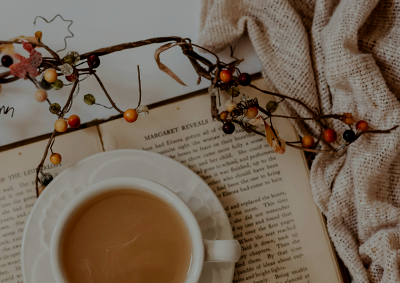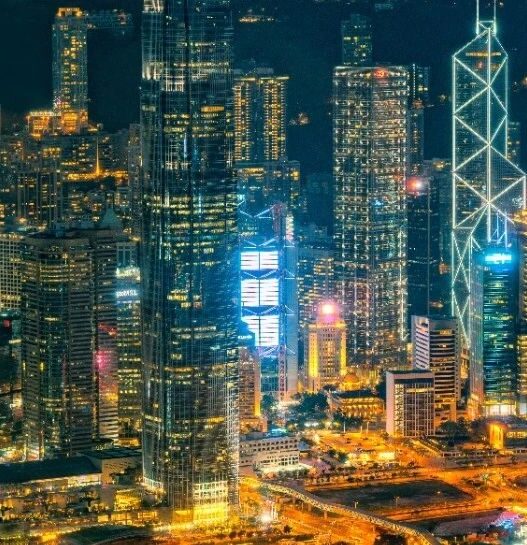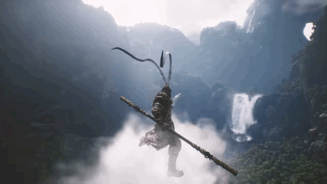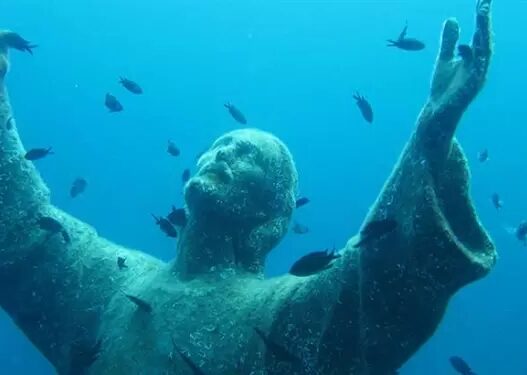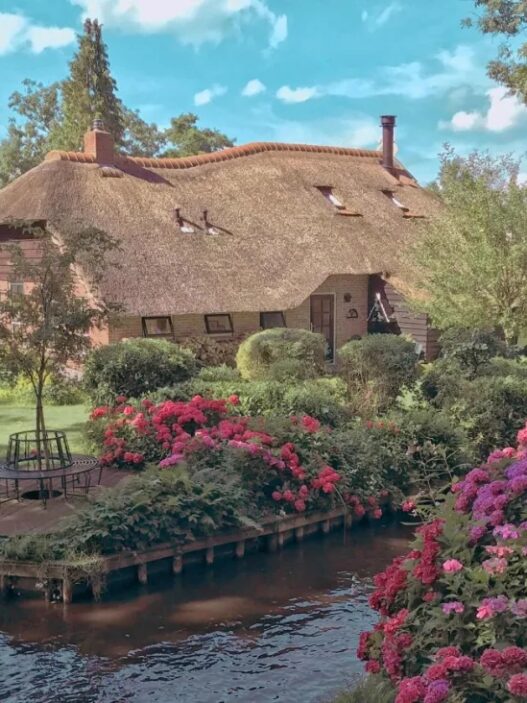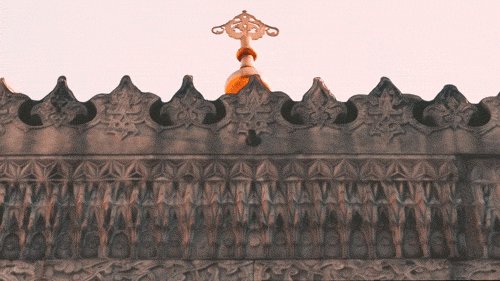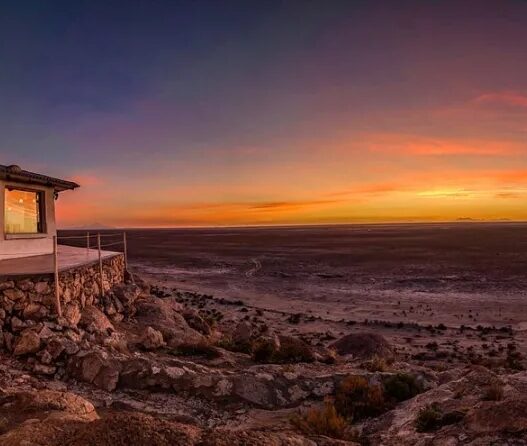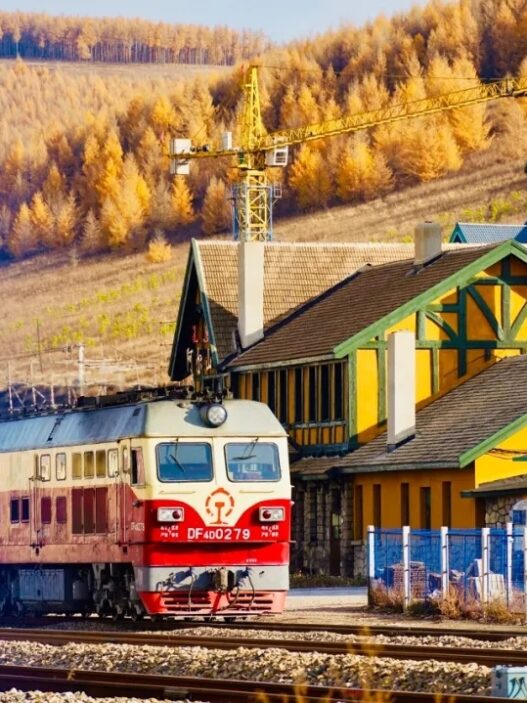Mangshi, uma cidade em Yunnan, possui um clima quente e um toque do sudeste asiático, tudo com menos multidões e preços mais baixos. É perfeita para uma escapada relaxante cheia de comida deliciosa.
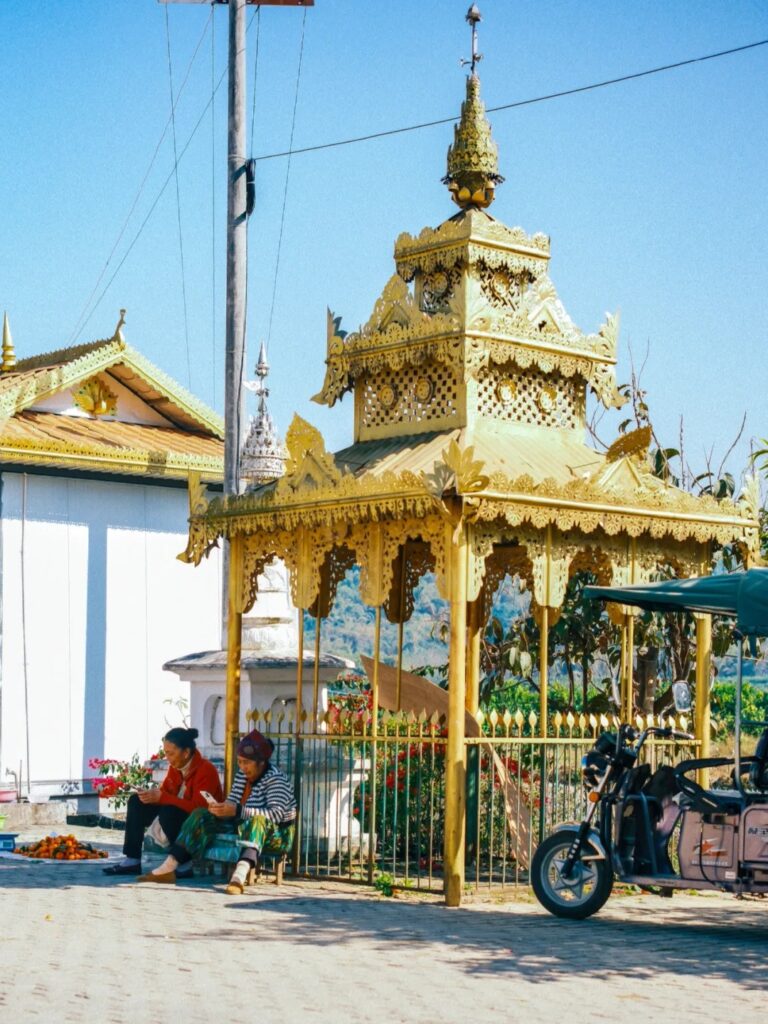
Esta cidade é a capital da Prefeitura Autônoma Dai e Jingpo de Dehong, com uma história que abrange mais de 2500 anos. Faz fronteira com Mianmar e é uma porta de entrada para o sul e sudeste da Ásia. É também a única cidade da China com um nome de um único caractere, e na língua Dai, é chamada de “Mengluan”, que significa “Cidade do Amanhecer”. A lenda diz que Buda chegou aqui ao nascer do sol.

Se você visitar, não se decepcionará. Aqui está o porquê: sua forte atmosfera exótica oferece uma experiência do sudeste asiático sem sair da China. As palmeiras altas e os vários templos e pagodes criam uma paisagem muitas vezes confundida com a Tailândia ou Mianmar. Tem um alto índice de felicidade, com festivais animados quase todos os meses. A população da cidade é quase metade de minorias étnicas. Você pode experimentar a diversão do Festival de Água, a grandiosidade do Festival Munao Zongge e a alegria do Festival Kuoshi. Além disso, é um paraíso para os amantes da comida. Você pode saborear lanches autênticos do sudeste asiático e frutas tropicais, tudo por cerca de 30 RMB por pessoa.

É um lugar de calor o ano todo e vida em ritmo lento. Alguns a chamam de “Pequeno Xishuangbanna”, mas é mais confortável do que o movimentado sudeste asiático, valendo a pena ser experimentada por si só. Desacelere para saborear o sol, a brisa e as simples alegrias da vida em Mangshi.
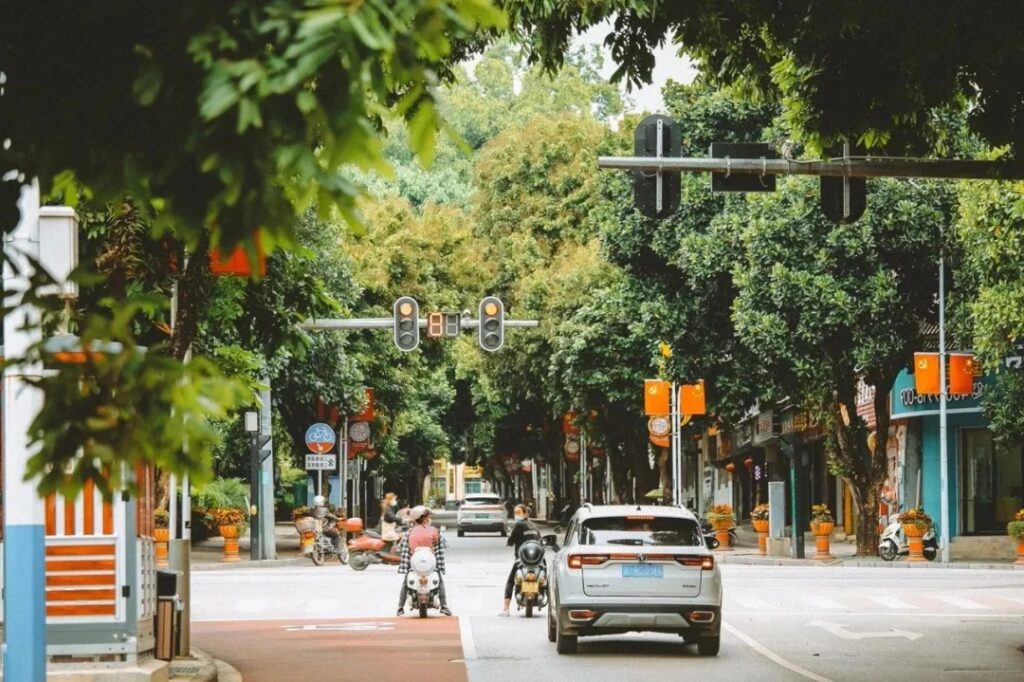
Mergulhe na Atmosfera Única de Mangshi
Um Toque do Sudeste Asiático na China
Em Mangshi, você encontrará uma forte atmosfera do sudeste asiático. Palmeiras alinham as ruas, motocicletas passam rapidamente e templos e pagodes pontilham a paisagem. A cidade é perfeita para quem procura uma experiência de viagem única.
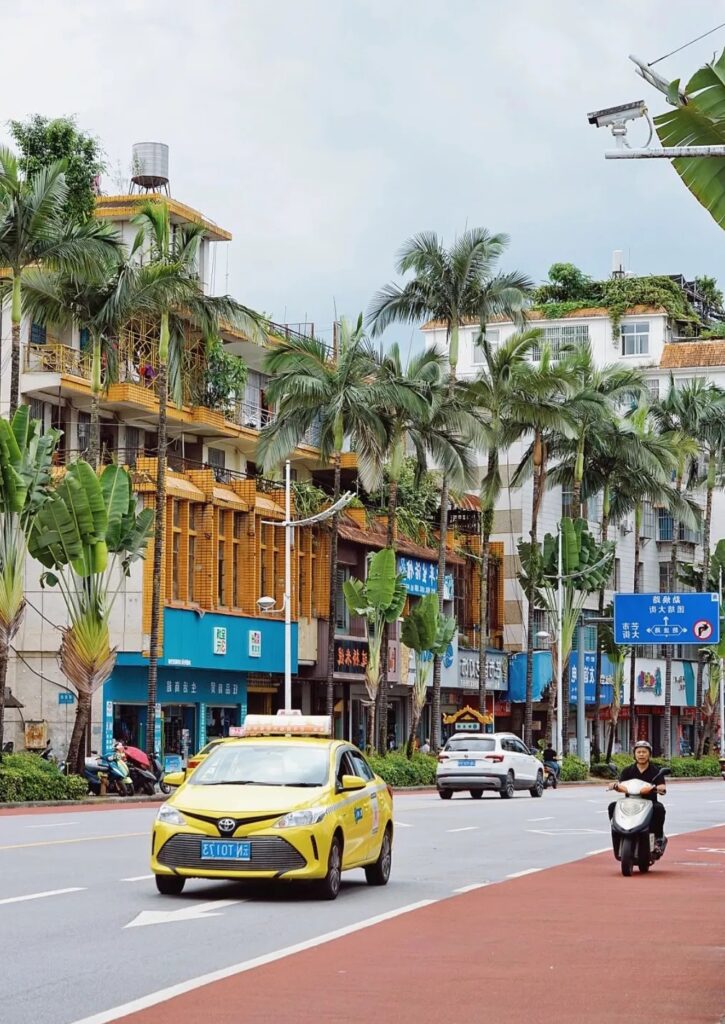
Pagode Dourado de Mengluan
O Pagode Dourado de Mengluan é um marco dourado e o primeiro pagode oco da Ásia, transmitindo uma sensação de solenidade.
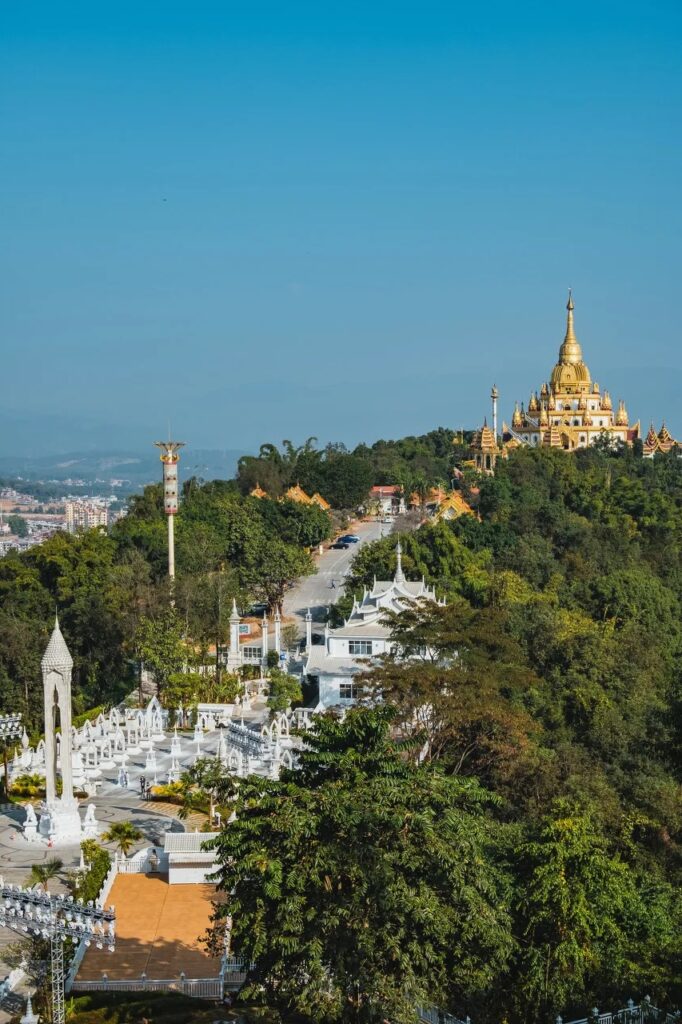
Pagode de Prata de Meng Huan
Perto dali, o Pagode de Prata de Meng Huan, com seu corpo branco puro, é o maior pagode budista Theravada do mundo. É uma estrutura bonita, e os sinos de vento fazem dele um ótimo local para ver o pôr do sol.
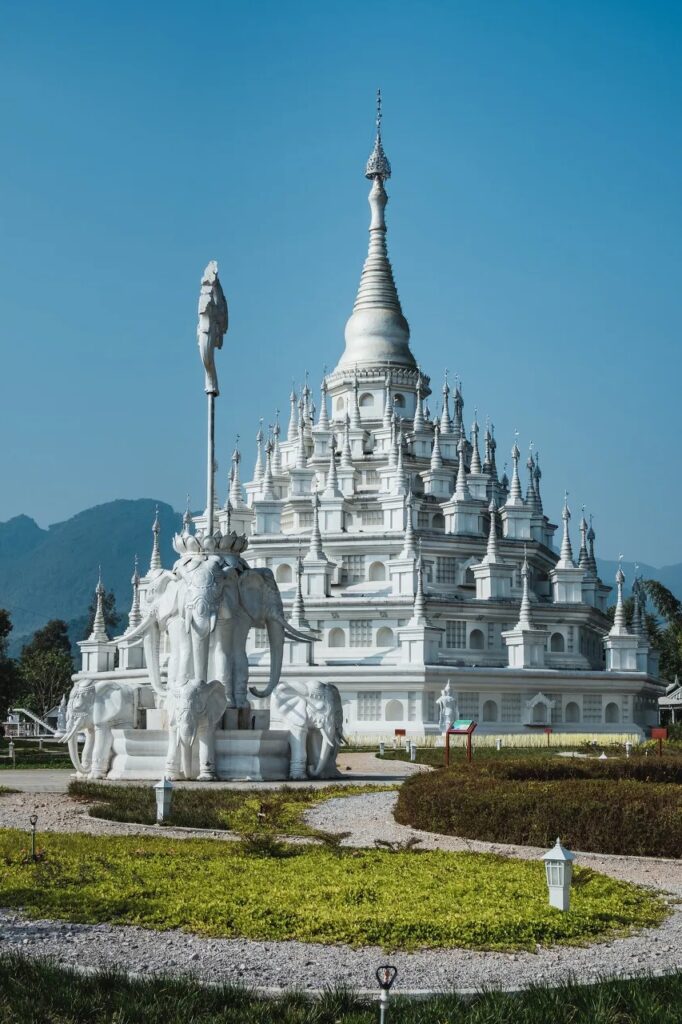
O Pagode Entrelaçado pela Árvore
Conhecido como a “Caverna da Árvore de Angkor Wat”, este pagode é engolido por uma árvore Bodhi de 200 anos. Com suas raízes e galhos envolvendo o templo, a fé se integra à vida cotidiana.
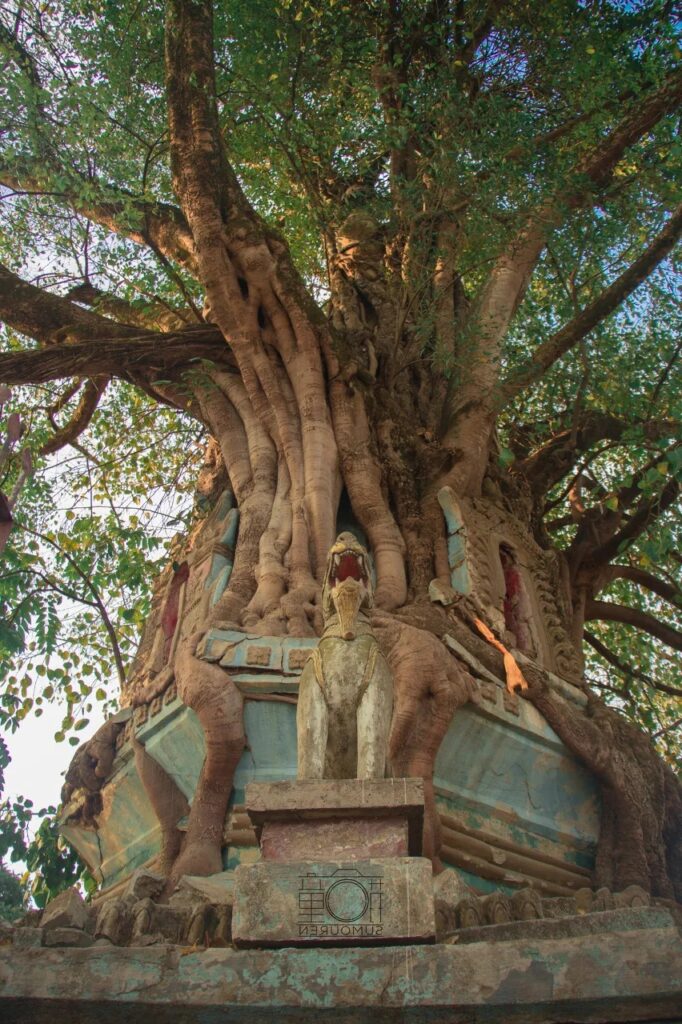
Templo Wuyun
O Templo Wuyun é o primeiro templo de Mangshi e abriga a primeira estátua de bronze de Buda trazida de Mianmar. É um lugar tranquilo, perfeito para uma tarde pacífica.
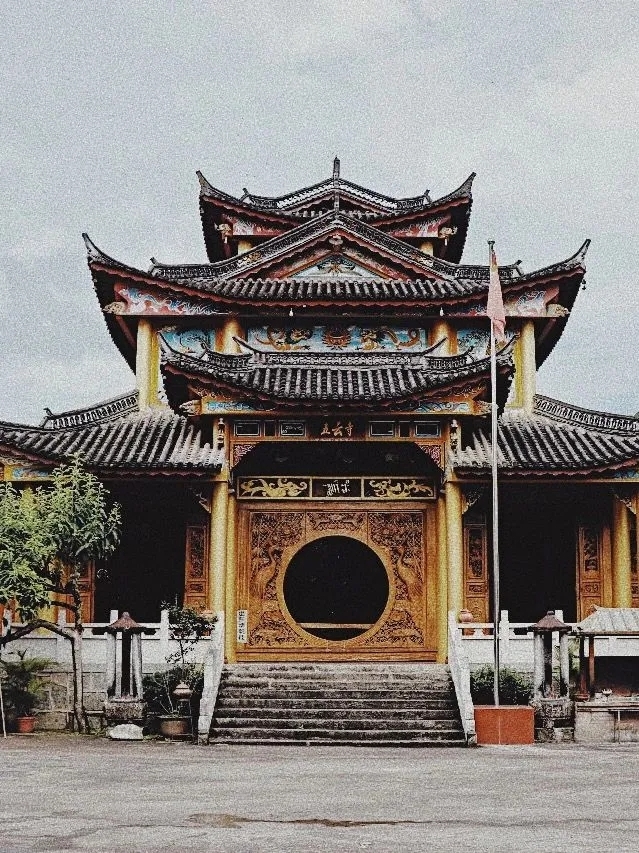
Rua Tuanjie
A Rua Tuanjie, com suas palmeiras, motocicletas e edifícios coloridos, captura perfeitamente o clima de verão. Pegue um café, explore a rua “Três Árvores” e aproveite a sensação de estar em um pequeno país do sudeste asiático, com aviões sobrevoando.
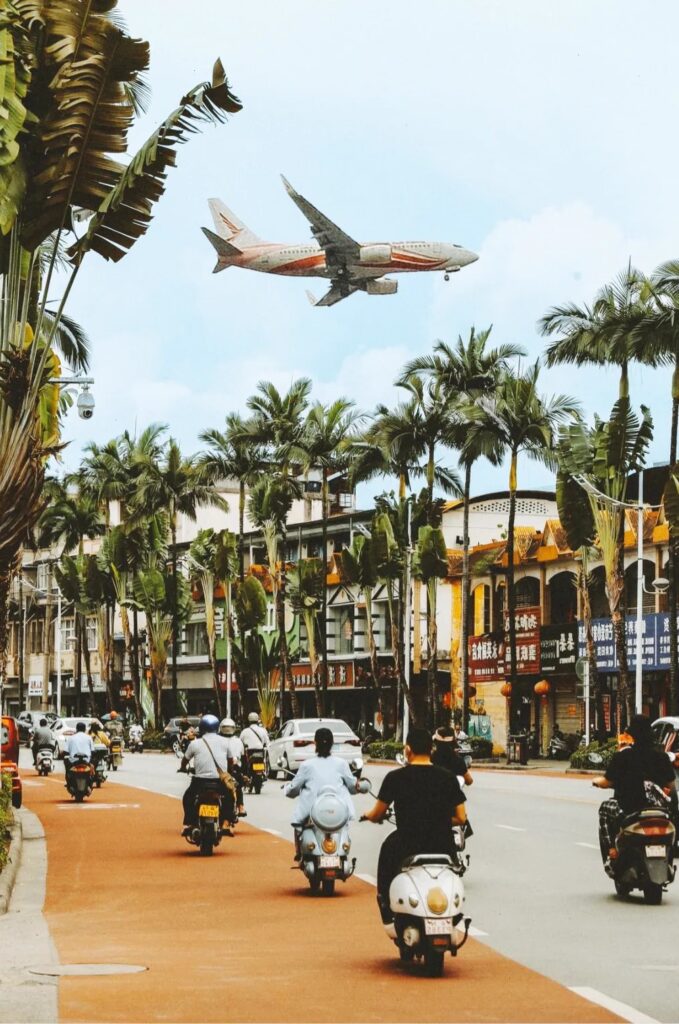
Descubra Tesouros Fora do Comum
Jardim Raro de Mengba Naxi
Explore o Jardim Raro de Mengba Naxi, conhecido por suas características raras, estranhas, antigas e exóticas. Com madeiras preciosas, jade, pavões e jardins antigos, parece entrar em uma caverna de tesouros escondidos.
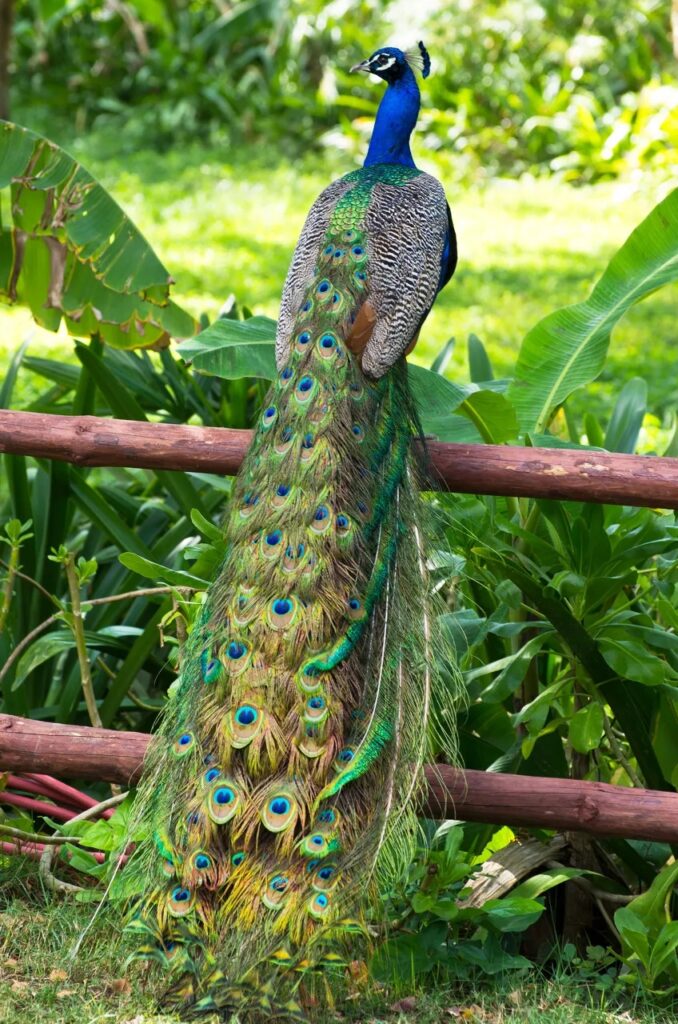
Encosta Antiga de Heihe
A Encosta Antiga de Heihe, embora tenha um nome intimidador, oferece uma paisagem pastoral encantadora que lembra a Suíça. A paisagem coberta de neblina proporciona uma sensação de paz.

Cachoeira Moli
A Cachoeira Moli tem uma grande queda e água de fluxo rápido, uma visão verdadeiramente majestosa. É cercada por florestas verdejantes.

Bie Cai Ba
Bie Cai Ba é um pântano de alta altitude original. O local tranquilo é perfeito para acampar, fazer piqueniques ou simplesmente relaxar com as vacas e ovelhas.
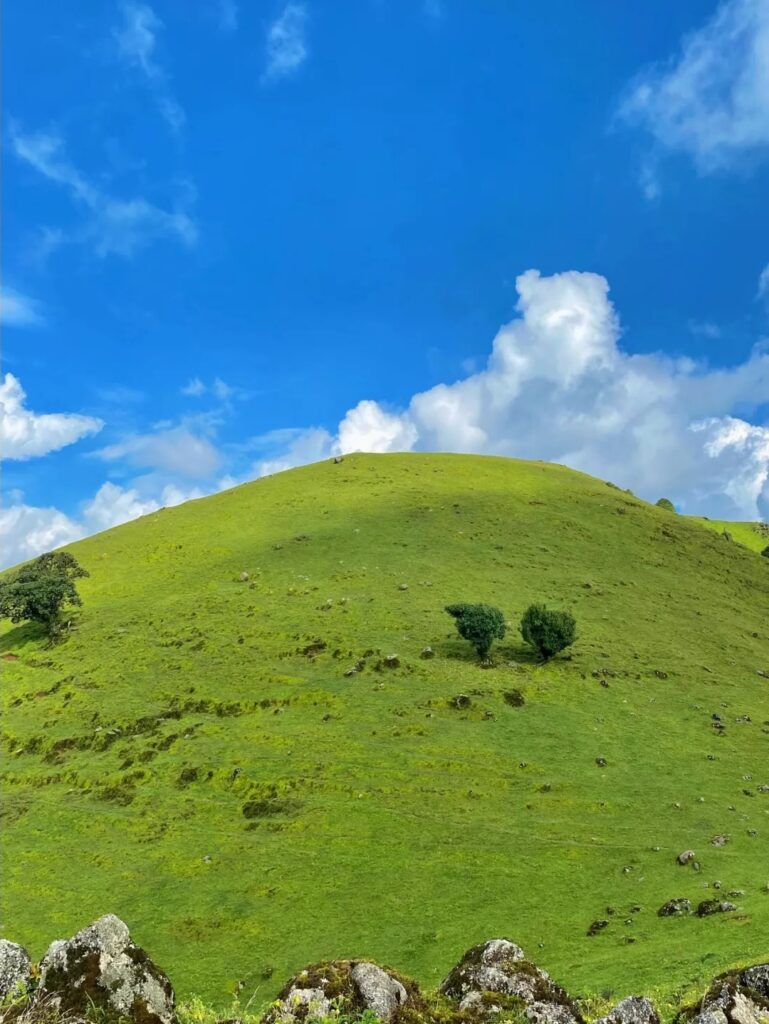
Malu Gun Tang
Malu Gun Tang possui grama exuberante e gado pastando livremente, sendo perfeito para uma respiração profunda de ar fresco.

Shangjingkan
Shangjingkan é uma pequena vila Dai onde você pode desfrutar de iguarias locais como paoluda e macarrão de arroz. A vila também abriga uma árvore banyan de 460 anos.

Vivencie Mangshi Como um Local
O Ritmo Lento de Mangshi
Muitos locais são budistas e vivem uma vida longe do agito das grandes cidades. Para realmente experimentar Mangshi, vá devagar e aproveite o calor do sol.
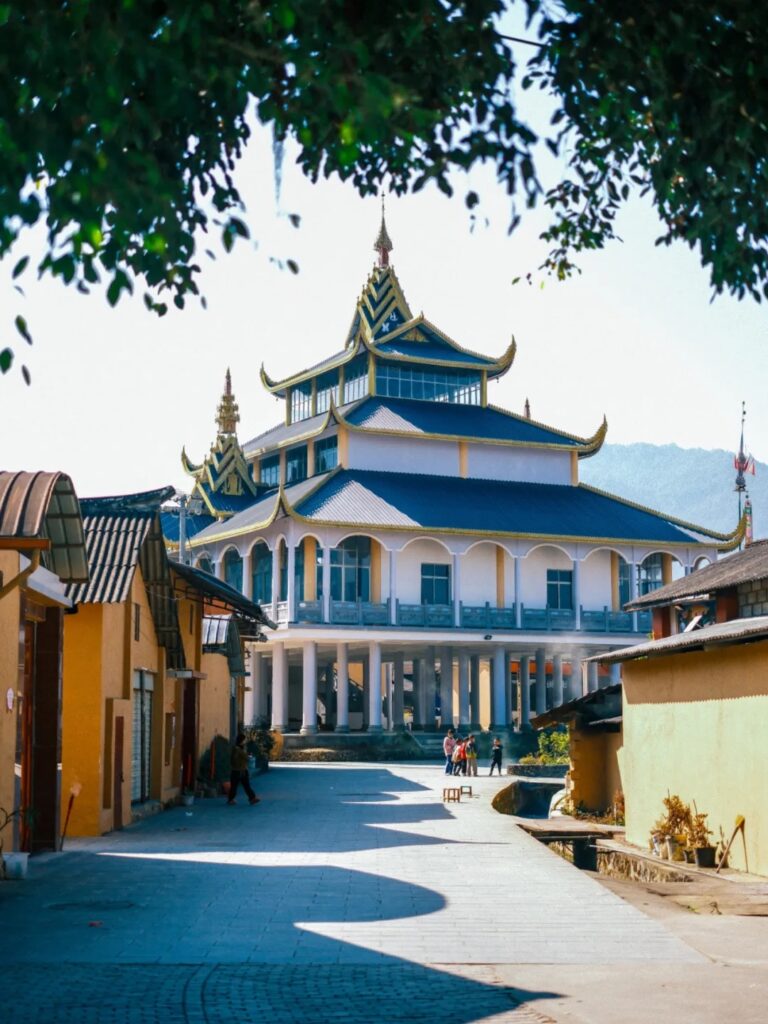
Relaxe em uma Fonte Termal
Mangshi tem mais de 20 fontes termais. Embora muitos resorts ofereçam fontes termais, você pode ter uma experiência verdadeiramente local na Fonte Termal de Rongshudong na vila de Mangbang. É uma favorita entre os locais. Por apenas 3 RMB, mergulhe sob uma árvore banyan centenária nas águas claras e ensolaradas.
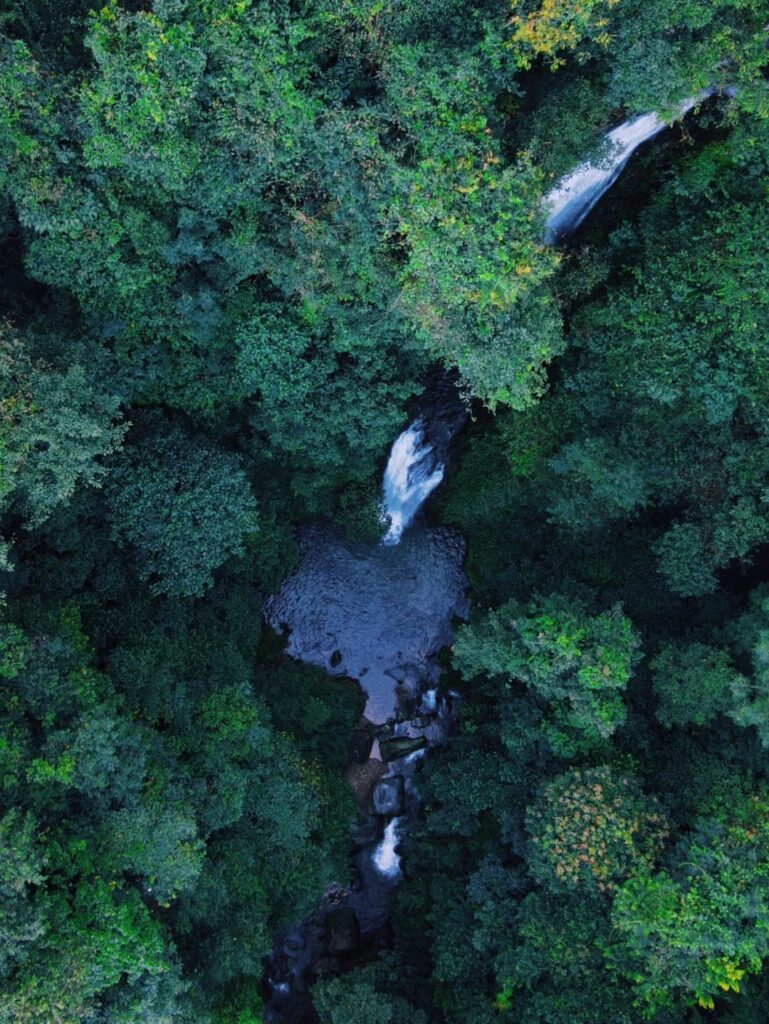
Explore os Mercados Locais
Não perca o Primeiro Mercado Geral de Mangshi, com seus lanches vietnamitas e variedade de comida. Há também especiarias locais, frutas e uma temporada de cogumelos durante a estação chuvosa.


